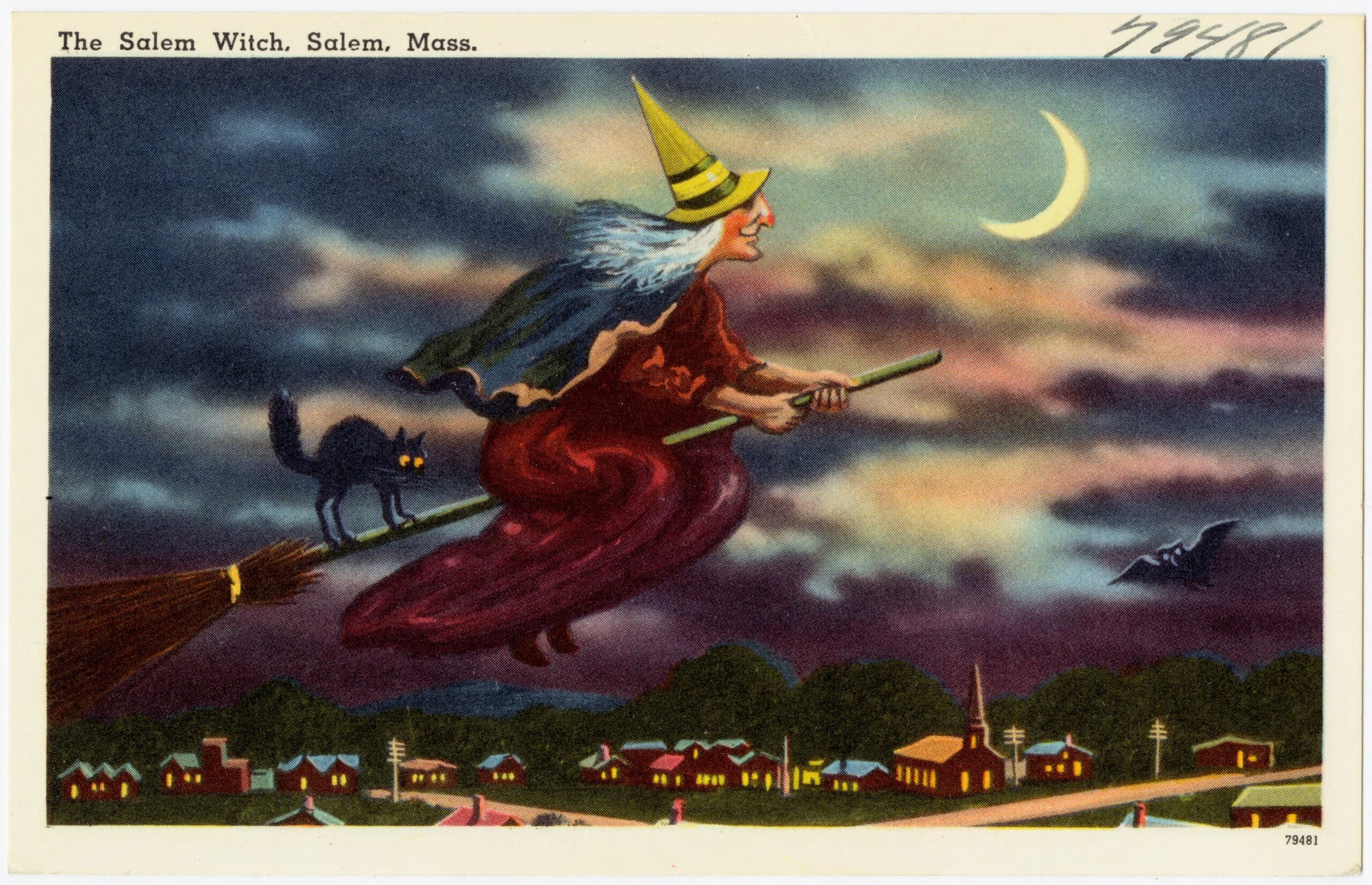The idea for this project began with an unlikely provocation. Brooklyn Magazine ran a “literary map of the United States,” highlighting the “best book” from each of the 50 states. The whole point of putting lists like this on the Internet is to cause disagreement, but the list troubled my early Americanist self beyond second-guessing the individual choices. As the creator of this map points out, lists like this “tend to be dominated by white men, most of them dead. And Margaret Mitchell.” Even as the editors do a solid job of moving beyond dead white guys, it was hard not to notice that the list was overwhelmingly composed of twentieth-century novels. Early Americanists know there is more to literature than that.
As a belated response, here are thirteen emerging early American scholars introducing a pre-1800 text available online to the public for free. We were not able to pull off the initial goal of having one text per colony, but the choices do represent a wide array of genres, perspectives, and identities.
Indeed, the only thing our texts have in common is that their authors are dead. The greatest joy of working on this project came in the astonishing choices the “13 for 13” authors made. Among other things, we have possibly the most NSFW edition of Common-Place ever, as Sarah Schuetze shares a seventeenth-century sex manual, and Stephanie McKellop shares an image of Britain, embodied as an elegant lady, punching America, embodied as a topless native woman, in the bosom. A different kind of perversity comes in The History of a French Louse, an “it narrative” that Julia Dauer shares. On the more conservative side, Laura Asson and Xine Yao share texts condemning dancing and decrying the sin of a man sentenced to death for sodomy. It would not be early America without a few samples of eloquence on the scaffold, and Ajay Kumar Batra shares an unheralded example of this genre with The Address of Abraham Johnstone.
Several authors chose texts that are not even books, in the conventional sense. Steffi Dippold shares images of a detector lock, while Emily Mann shares an early Caribbean map, and Lara Rose shares a digital archive of the early Massachusetts Bay Colony. Lauren Grewe shares other important early American digital humanities work with her account of the Occom Circle project.
Appropriately enough for an online publication like Common-Place, this issue highlights resources available for free to anyone with access to a computer and an Internet connection. Some of these introductions discuss approaches to teaching these texts and more generally, it is worth noting that every text here offers something students probably never imagined as part of early America—and they all come at students’ favorite price. As Ana Schwartz’s introduction to Mourt’s Relation, Kimberly Takahata’s introduction to Madam Knight’s journal, and Michael Monescalchi’s reading of a Wheatley poem suggest, many of the central texts of early American literature have escaped from pricey anthologies, and are available to students at no cost.
I hope that you enjoy reading these texts as much as we have enjoyed writing about them. If they find your way into your classrooms, your research, or your reading, we would love to hear about it.
This article originally appeared in issue 17.3 (Spring, 2017).
Jonathan Beecher Field is associate professor of American literature at Clemson University. He is the guest editor for this issue of Common-place.



















